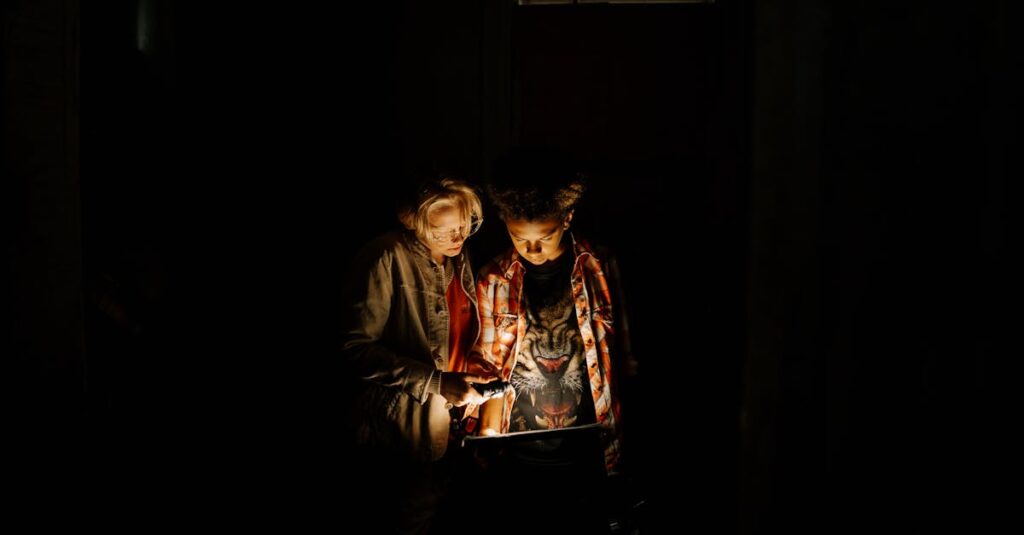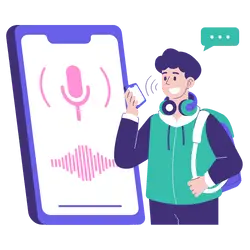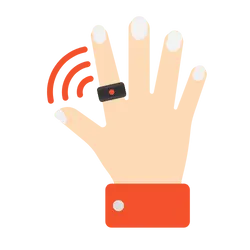Why Parents Are Turning to Child Development Apps
Not too long ago, keeping a toddler entertained meant stacking blocks or drawing with crayons on the living room floor. These days, there’s an app for almost everything, including child development. The best part? Parents aren’t just using them to keep kids busy; they’re using them to boost learning, confidence, and creativity in ways that actually work.
Let’s face it: parenting in 2025 comes with its fair share of screens. But when used smartly, screens can be powerful tools for growth. The trick is knowing which apps genuinely help your child learn instead of just swipe and tap without purpose.
The Rise of Smart Play: Learning Meets Fun
Modern child development apps have evolved far beyond digital flashcards. They’re interactive, engaging, and designed with child psychology in mind. Think of them as virtual playgrounds that adapt to your child’s interests and learning pace.
1. Khan Academy Kids: The All-Rounder for Early Learning
If you’ve got a preschooler, you’ve probably heard of Khan Academy Kids. It’s like having a patient, endlessly cheerful teacher who never gets tired of explaining how the letter “B” sounds. The app covers everything from literacy and math to emotional learning, all wrapped in colorful animation and cheerful music.
One mom I spoke to, Jessica from Portland, said her daughter learned to write her name through the app’s tracing games. “She actually looks forward to her fifteen minutes of ‘owl school,’” Jessica laughed, referring to the app’s mascot, Kodi the owl.
2. PlayShifu Orboot: The Globe That Comes Alive
This one feels almost magical. PlayShifu Orboot uses augmented reality to make geography come alive. Kids use a tablet or phone to explore a physical globe, and the app pops up stories, facts, and games related to each country. Suddenly, Antarctica isn’t just a white blob; it’s full of penguins and explorers your child can interact with.
Parents love how it blends digital excitement with real-world play. It’s a rare win-win: your child learns global awareness, and you get to say, “See? Screen time can be educational.”
3. Moshi: Mindfulness for Mini Humans
Even kids get stressed. Between school, activities, and overstimulation from screens, it’s no wonder bedtime can be a battle. Moshi steps in with calming bedtime stories and gentle meditations voiced by actors like Goldie Hawn and Patrick Stewart. It’s soothing, imaginative, and oddly effective even for adults who “accidentally” fall asleep listening too.
Parents report fewer bedtime meltdowns and more consistent sleep. If you’ve ever tried to convince a five-year-old that sleep is fun, you know that’s nothing short of a miracle.
4. HOMER Learning: Personalized Progress for Curious Minds
Every child learns differently. HOMER understands that and creates personalized learning paths based on age, interests, and skill level. Whether your child is obsessed with dinosaurs or loves fairy tales, the app tailors reading and problem-solving games around those topics.
It’s been a favorite among working parents who want to make sure their kids aren’t just playing but actually progressing. Plus, the app gives detailed progress reports, so you know exactly what your child is mastering.
5. Duolingo ABC: Reading Made Playful
If you’ve ever used Duolingo for languages, imagine that energy applied to kids learning to read. Duolingo ABC uses short, silly lessons to teach letters, sounds, and early reading skills. The little animations and rewards make it feel like a game, which keeps kids hooked without realizing they’re learning.
For bilingual families, it’s especially helpful since it supports multiple languages. It’s a gentle way to introduce literacy while nurturing curiosity about words and stories.
Balancing Screens and Real Life
Even the best apps can’t replace messy, hands-on play. The key is balance. Use these tools as supplements, not babysitters. A good rule of thumb is to pair digital learning with real-world activities. If your child learns about animals on an app, take them to the zoo or read a book about the same topic. The mix of digital and tactile experiences helps knowledge stick better.
Experts also recommend co-play: sitting with your child while they explore an app. This not only keeps screen time social but also gives you insight into what they’re absorbing. It turns screen time into family time, which is a win for everyone.
What Makes an App Worth Your Time
- Educational value: Does it teach real skills or just keep kids occupied?
- Age-appropriate design: Is it intuitive and safe for your child’s age group?
- Offline engagement: Does it inspire real-world curiosity?
- Parental control: Can you monitor usage and content easily?
Apps that score high in these areas tend to be the ones parents stick with. The best ones make learning feel natural, not forced, and adapt as your child grows.
Looking Ahead: Smarter Screens, Smarter Kids
Child development apps aren’t replacing teachers or parents anytime soon, but they are becoming powerful allies. With new technologies like AI personalization and AR storytelling, these tools are getting sharper at understanding how kids learn best.
Still, the heart of learning hasn’t changed. Kids thrive on curiosity, encouragement, and connection. The right app simply adds one more way to nurture those things, whether you’re on a long car ride or waiting for dinner to finish cooking.
Final Thought
If you’ve been hesitant about introducing your child to educational apps, think of them as digital playgrounds rather than replacements for real ones. Try one or two, watch how your child responds, and build from there. When chosen thoughtfully, these apps don’t just fill time; they build minds.
And who knows? You might even learn a new animal fact or two right alongside them.



